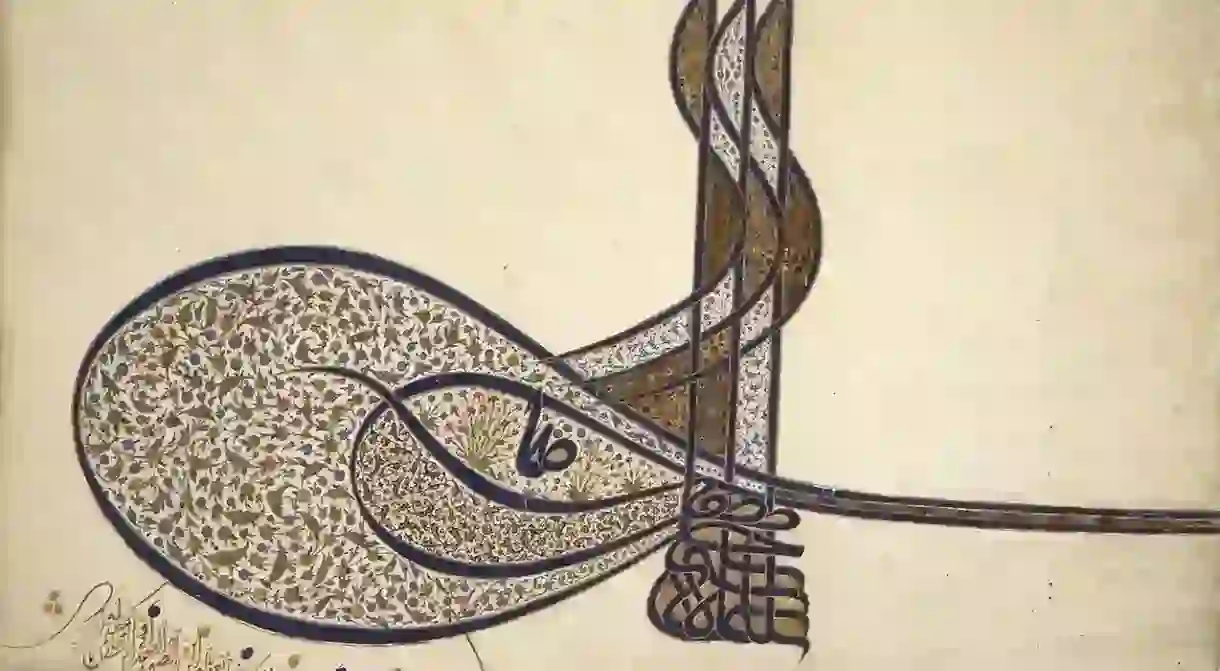Suleiman The Magnificent’s Tomb Discovered In Hungary

Turkish and Hungarian researchers they have found the tomb of Sultan Suleiman, the Ottoman Empire’s most powerful ruler, in the Hungarian town of Szigetvar.
Even though the official resting place of Suleiman the Magnificent is the Süleymaniye Mosque in Istanbul, a second tomb containing his inner organs was believed to be in Szigetvar. This Hungarian city was not only the site of Szigetvar fortress siege, which thwarted Suleiman’s line of advance toward Vienna in 1566AD — it also the site of the Ottoman sultan’s death.
Almost 450 years ago, Suleiman succumbed to death from natural causes two months prior to his 72nd birthday. Fearing further troop demoralization after heavy losses against the Hapsburg defenders of the Szigetvar fortress, Suleiman’s aides kept his death a secret and smuggled his body back to Constantinople.

However, due to high temperatures and the long road ahead, the sultan’s heart and other internal organs were removed and buried in a golden coffin underneath his last encampment. Or so the legend goes. During the 1570s, when Ottoman rule in Hungary was reinvigorated, Suleiman’s remains were turned into a shrine complete with a Dervish cloister and barracks. However, when the Hapsburgs retook the area, the Turbek (tomb) was razed to the ground and its location has been a mystery ever since.
Norbert Pap, a professor of geography, revisited the theory of the tomb’s location, which stated its close proximity to the Hungarian-Turkish Friendship Park (established to celebrate the 500th anniversary of Suleiman’s birth). However, through the analysis of old sources, he was lead somewhere completely different, spurred on by the news of people hitting bricks when they tried to plant their trees into the ground.

With state funding from Hungary and Turkey, Pap and his team began their digging and soon discovered Ottoman ruins, including big walls under the surface that were directed towards Mecca. With the unearthing of the Dervish cloister and a square building believed to be Suleiman’s tomb, as well as 16th century coins, knives, and pipes, the archeologists are sure they have discovered the former sultan’s first resting place. The layout of the unearthed buildings also correspond with the written and pictorial documentation of the time, further proof of the astounding discovery, that is also hoped to boost visitors to the area.

Certainly one of the Ottoman Empire’s greatest sultans, Suleiman extended Ottoman rule across the Middle East, North Africa, and the Balkans after his succession in 1520. By 1566, the sultan’s conquests stretched from Mecca to Algiers, including most of modern Hungary. As such, the discovery of his tomb is an important event for the Turks who see the age of Suleiman as one of the pinnacles of Turkish art, literature, and architecture.













